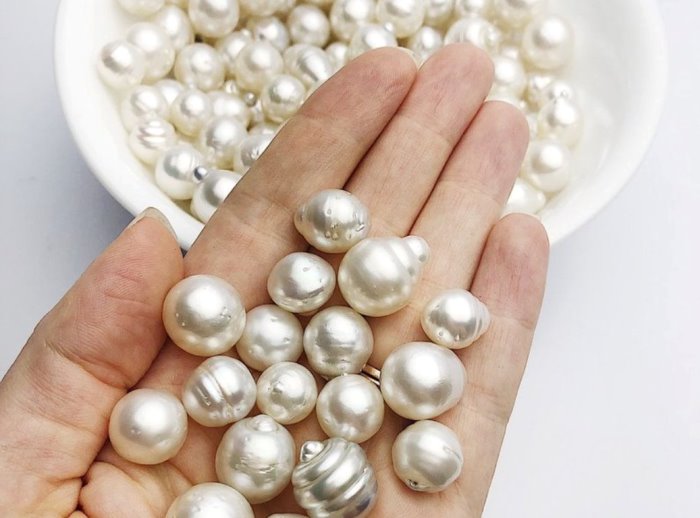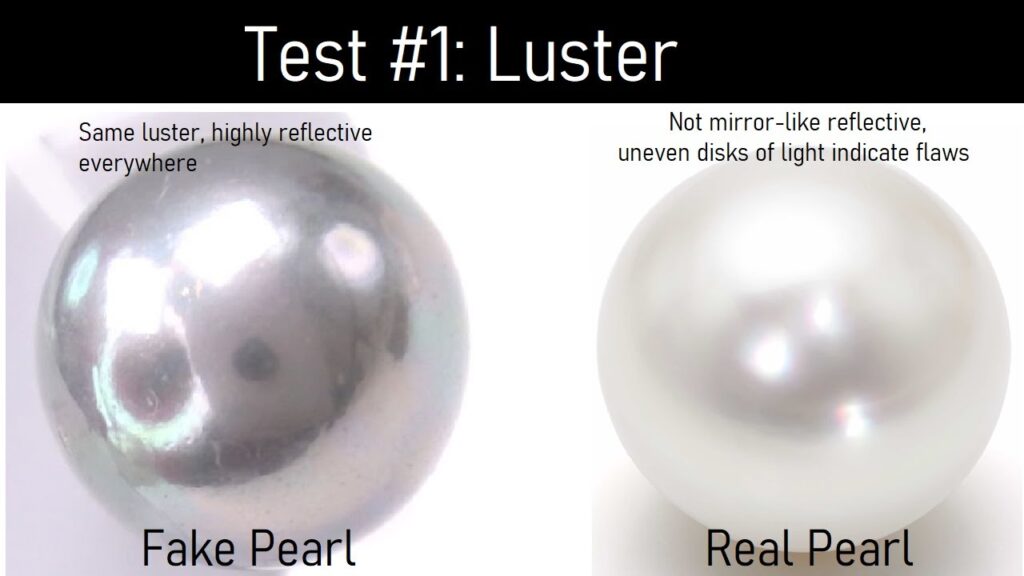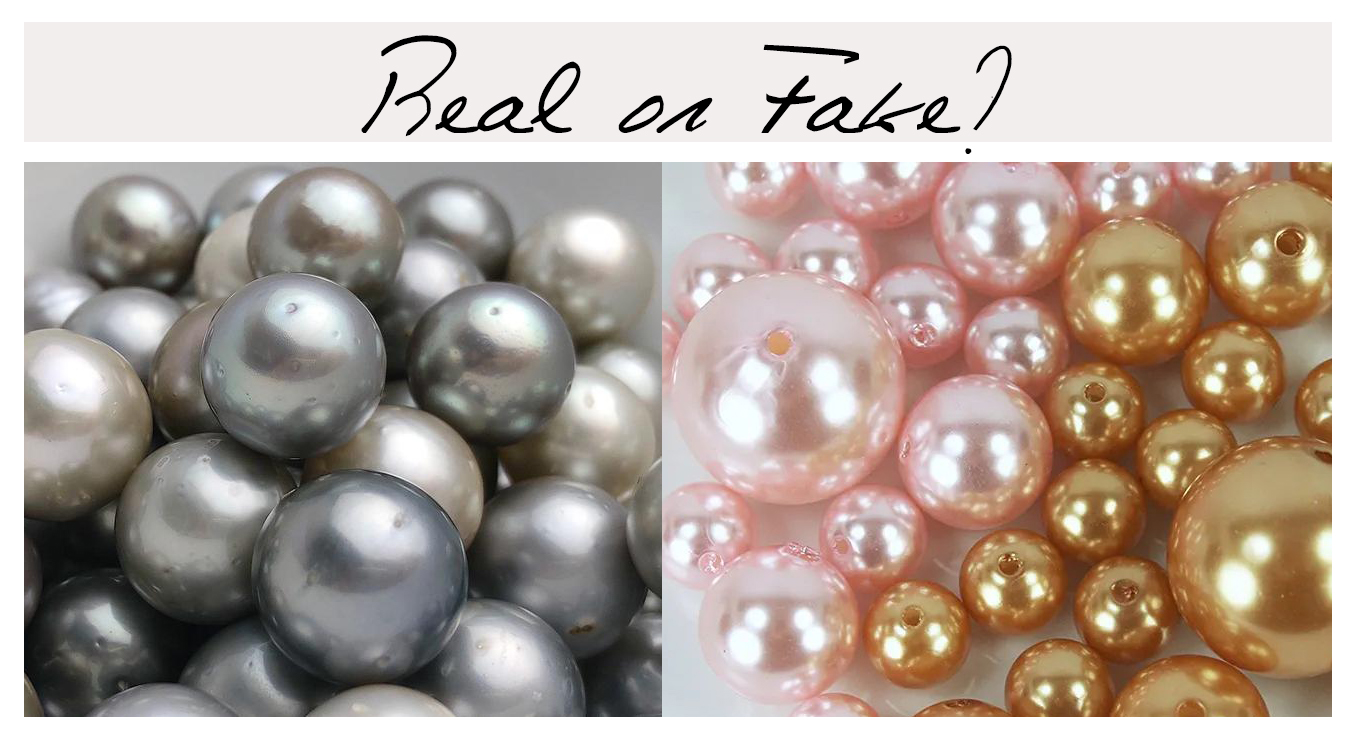During the period wherein it was discovered that pearls can be cultivated and there were a huge supply of this gemstone, counterfeit products also dominated the market. There are pearl beads, lab-made pearls, synthetic pearls, man-made pearls, faux pearls, and other kinds of pearls that weren’t necessarily made from oysters.
With this, looking for actual pearls can be a bit worrisome due to the possibility of being fooled or scammed. Hence, it is important to be knowledgeable in determining if a pearl is actually a pearl.
Here are things that should be checked that would help determine if a pearl is genuine or if it is a fake.
Weight

Fake pearls are usually feel lighter as opposed to pearls that are natural and cultured. With this, you can easily determine and be wary if the pearl they are selling you is light.
However, since people are now more aware of this, those who are producing fake pearls have adapted and made use of glass in order to create heavier fake pearls. With this, you must also consider the other signs that will be discussed.
Sizes

If someone is selling you a pure pearl necklace, check whether each pearl is of the same size or if they are of different sizes. If they are all of the same size and of the same color, chances are that it is absolutely fake. It is important to take note that pearls are made by living organisms.
This means that humans cannot program them to create every pearl exactly alike. Hence, if they are of different sizes and have a bit of a weird spherical shape, it is most likely genuine. Besides this, it is also important to note that genuine pearls have blemishes and are not exactly perfect. This, however, is a sign that the pearl is authentic and is a precious gemstone.
Color
Besides the size, it is also important to check if each pearl in a necklace or bracelet is of the same color. Genuine pearls usually have a subtle difference in their shade of color. This is very natural considering that each pearl comes from a different living organism, specifically a mollusk.
It is the same as when different people shade a photo with a specific color: each one will be different for some will have a darker shading, some will have a lighter shading, some will use a different shade of the color, and so on.
Luster

Considering that it is natural for pearls to have imperfections, it is also only natural for them to have their own shine. The imperfections will bounce the light reflected to them in different ways depending on its angle.
Genuine pearls also have a luster that somehow seems like it is originating from the inside of the pearl. This is one of the sure signs that a pearl is genuine. On the other hand, fake pearls usually shine only on the surface and are radiating light in the same manner with each other. This shows that they are artificially created.
Hi, I am Adam Smith, Admin Of TechSketcher, Creative blogger and Digital Marketer.
